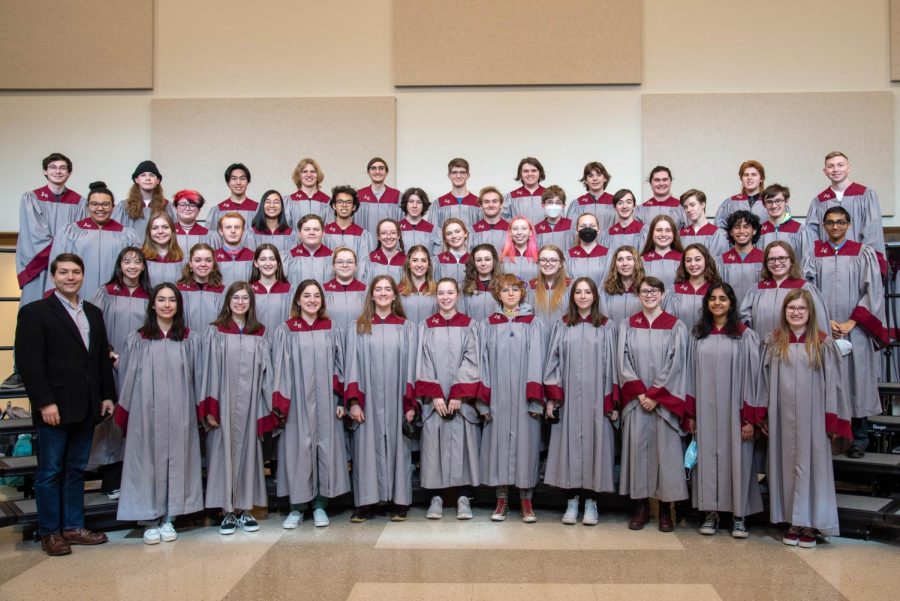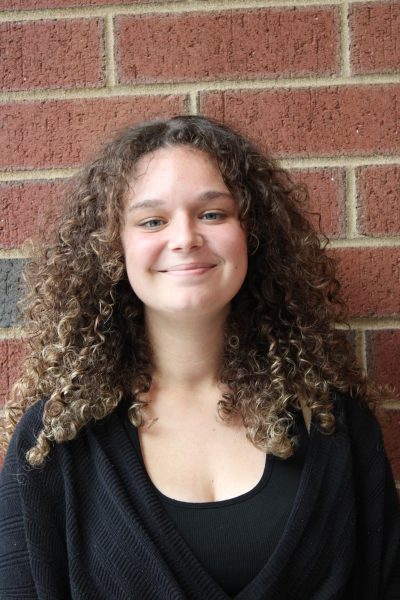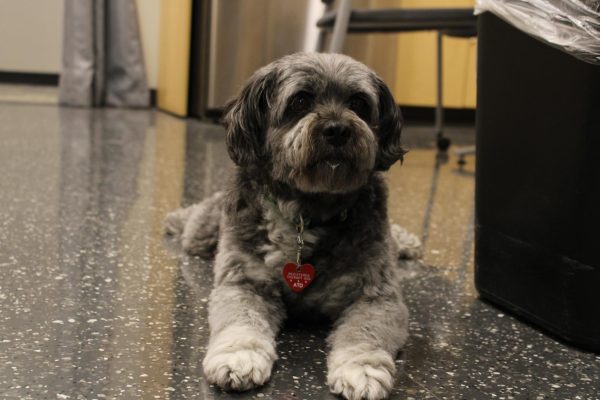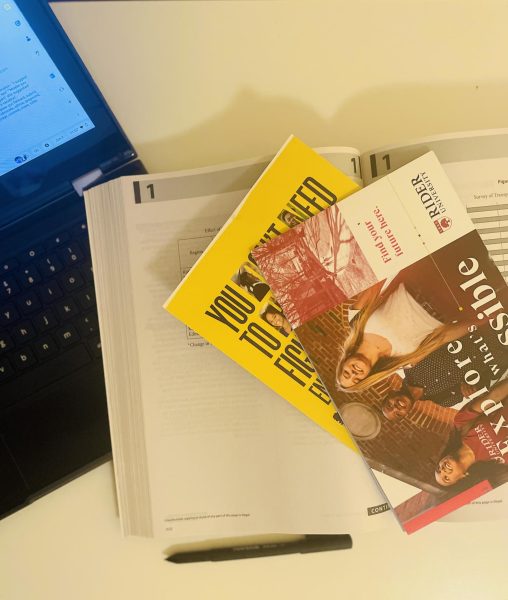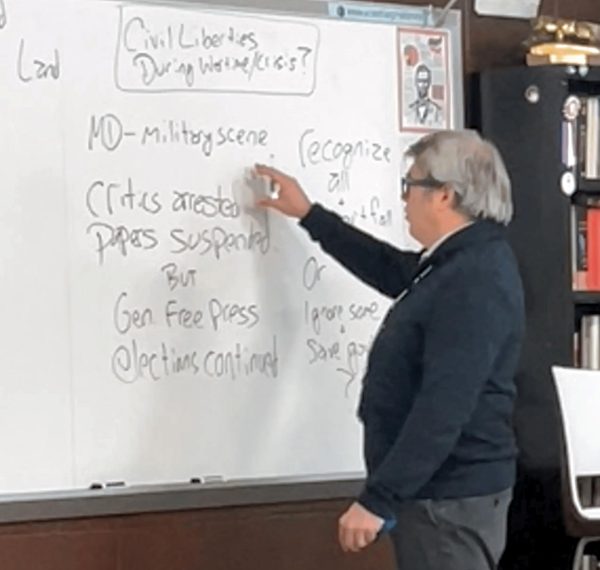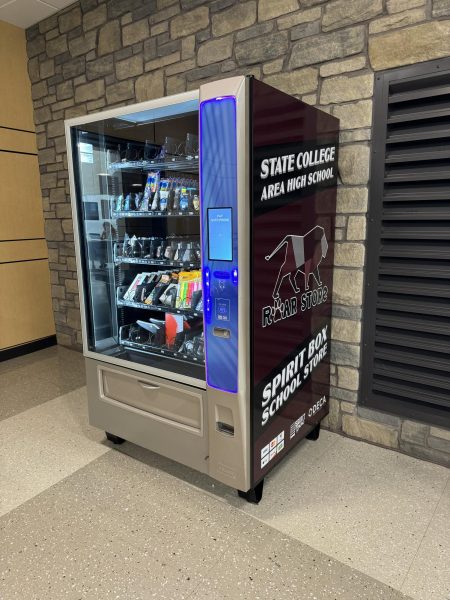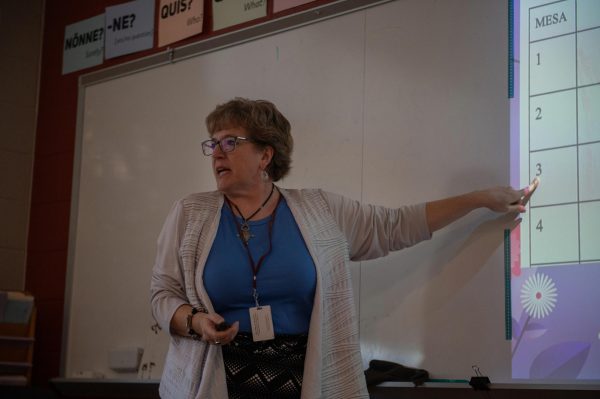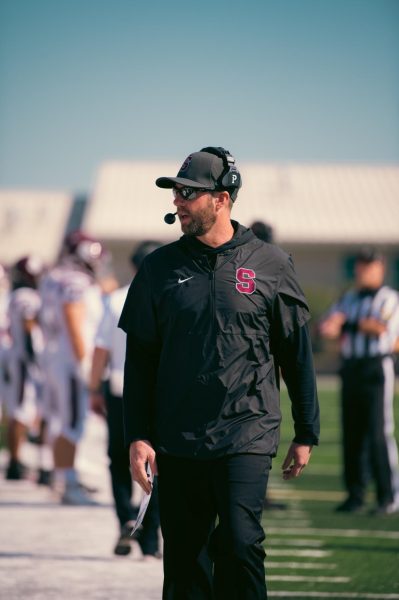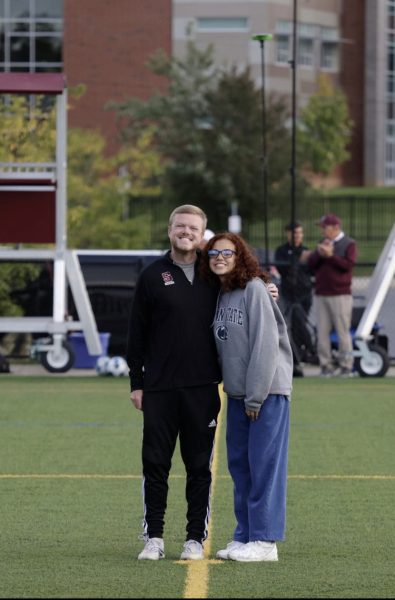A Look Into Master Singers
May 25, 2022
“Whenever you get on the stage and you perform—and even though there are a few mess ups—after you get off, it feels like such a sense of relief because it’s so much hard work that you dedicated for that one moment. It just all comes rushing in and it’s gone…then you’re like, ‘wow, I feel so accomplished,’” described Alex Kriley, a junior and a tenor 1 in State High’s high level competing choir, Master Singers. In just the past few weeks, the choir performed at an all-states conference and a few auditioned members performed at the PMEA festivals—a series of gatherings at the district, regional, and state level.
Master Singers is a distinguished group of around fifty-three people, but year to year it varies depending on the people auditioning to get in. The choir is organized based on the ratio of sopranos and altos to the tenors and basses, which plays a large role in the spots available for those auditioning. All choirs are generally arranged by different voice ranges, highest to lowest being soprano, alto, tenor, and then bass.
“[This ratio is needed] for balance, because if you have too many soprano altos, the chords that you build won’t balance well and you need such an amount of lower sounds to stack the higher sounds on top,” explained choir director Erik Clayton. That layering of voices allows the group to do well in the competition setting as well, providing an even sound between all parts.
The tradition of Master Singers began at State High in 1996 with the previous choir director, Robert Drafall. It first started out as an after school activity but then became a class and weighted credit. Clayton was a freshman when the group was created, and the top notch ensemble created by his predecessor was something he wanted to continue when he was hired after Drafall. Competition opportunities across the east coast from Maine to Virginia allowed Clayton to bring college level concepts into a high school choir.
“The idea of having a select ensemble where people of like interests, levels, and ability levels can really work together to perform at a really high level so it’s not just the competing that is fun and is gratifying, but the real important thing about it is each day doing something at a high level feels good,” said Clayton.
Part of Master Singers’ traditions has been the wide variety of music they perform, ranging from Bach pieces and classical renaissance, to African spirituals and Indian ragas, to pop arrangements. Currently in their repertoire is a seven-minute piece called Lobet Den Herrn, by Johannes Bach. Bach pieces tend to be very challenging, and Lobet is no exception.
“It’s a bunch of moving parts and is just so difficult in every way that I’ve never seen a choir piece before. It was amazing to see the progress of us not knowing it to having it fully memorized and performing it at all-states,” Kriley said. Other notable pieces recently performed by Master Singers include Desh, an Indian raga composed by Ethan Sperry, Coolin, a composition by Pennsylvanian composer Samuel Barber, and Send in the Clowns, by American composer and musical writer Stephen Sondheim.
“I’ve enjoyed all the big pieces we’ve done over the last three years…the Martin Mass, Lobet, and there’s the one last year that I just don’t remember, also in German, but those have been a lot of fun too to just learn,” said Brandon Sliman, a tenor two in Master Singers. “The whole song is a journey that we take all year to work on, and it’s really cool.”
Throughout the year, Master Singers adds and takes songs out of their repertoire for performances, making each concert a little different. They save many of their songs though, and are preparing for a tour of Germany and Austria this summer. A memorized program of about forty-five minutes is required, which means a lot of the songs rehearsed throughout the year will be used in this tour even if not performed much during the school year.
To prepare for all of this, Master Singers has full block rehearsal practices every other day. They practice at home as well by either recording themselves singing or performing what they practiced previously in small groups the next day. Not all practices are quite as serious though.
“I also love times where we’re just kind of having fun, and maybe we had a really great rehearsal and really ended well with a good run. You know, sometimes it could also just be when we sit down, and sometimes we’ll just talk and talk about stuff going on, or talk about the music, or joke around… There’s a lot of times, but I think it’s special what we’re able to do, and so I always value the time together,” said Clayton. The atmosphere of the group allows them to get to know each other well and have lax times without the stress of upcoming performances.
“I have a lot of great one liners that have been… but just the environment and the fact that it takes, accepts, and interacts with my unnecessary commentary at times,” Sliman added, explaining the welcoming ambience of the group.
“The concerts are really rewarding, and also the robes are really fun to wear around… Coming out in such a unified group and knowing that all the hard work that we’ve done has paid off for this one moment, it always feels really euphoric and nice,” Kriley said as well.
Recently, Master Singers performed in an all-states conference, where groups submit tapes of their performance and then can be invited to sing. The conferences aim to show off model groups to a myriad of others as an example of how good choirs perform. PMEA also took place a few weeks ago, and is a series of festivals that individuals submit recordings to for an invite to perform.
“PMEA these past couple times have admittedly been rough, mostly because of the way they’ve been doing auditions this year. Normally […] you go to the concert and you don’t find out until thirty minutes ahead of time what the audition segment is going to be. Both [last year and this year], they gave you either the pieces weeks ahead of time—weeks before the concert—or they gave you music that wasn’t even in the concert. As a result of that, no one was nearly as prepared,” said Sliman. Covid-19 has had a huge impact on these state-wide performances, and they still haven’t recovered to their previous traditions.
Other performances during the school year include two concerts in the winter and spring, usually consisting of regular class repertoire that focus on skill-building and learning about different cultures through choral works. Two Pops concerts also happen in the winter and spring. Instead of focusing on advanced and older compositions, these concerts consist of pop songs many people recognize. The spring Pops concert, scheduled for May 25, also includes the Master Singers’ version of senior night where seniors are celebrated and a tribute video plays to their dedication.
“It’s bittersweet… It’s wonderful to have one more concert with them. We are proud of the seniors, but they’re moving on, and so we say goodbye and we say thank you,” commented Clayton.
On April 30, Master Singers traveled to Hershey for the music department’s adjudication trip, where well-reputed music educators or composers judged each group based on their performance. Master Singers’ regular spring concert took place a few days before on April 26, wrapping up their regular class repertoire and ending the year strong.

